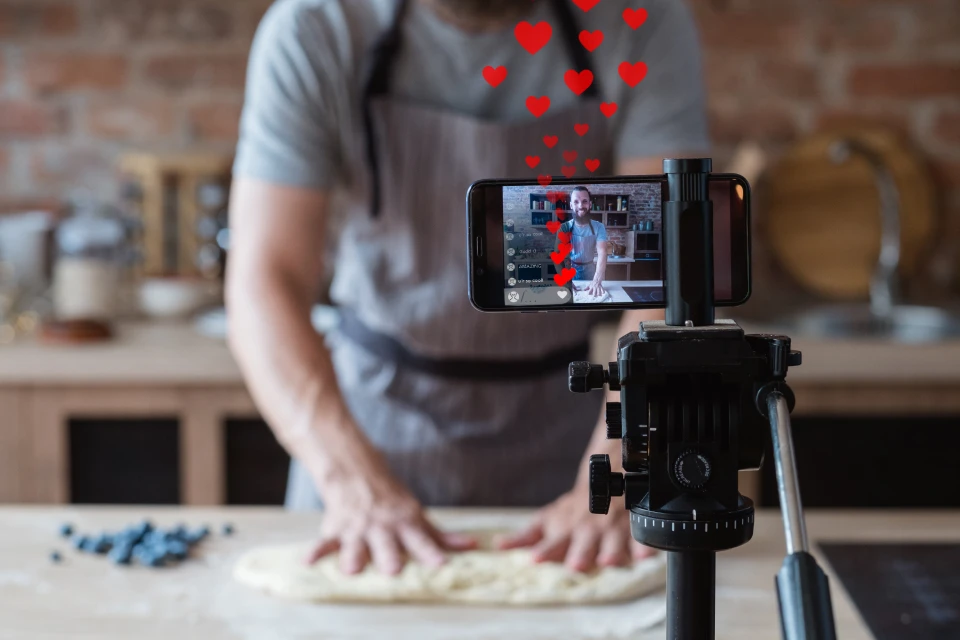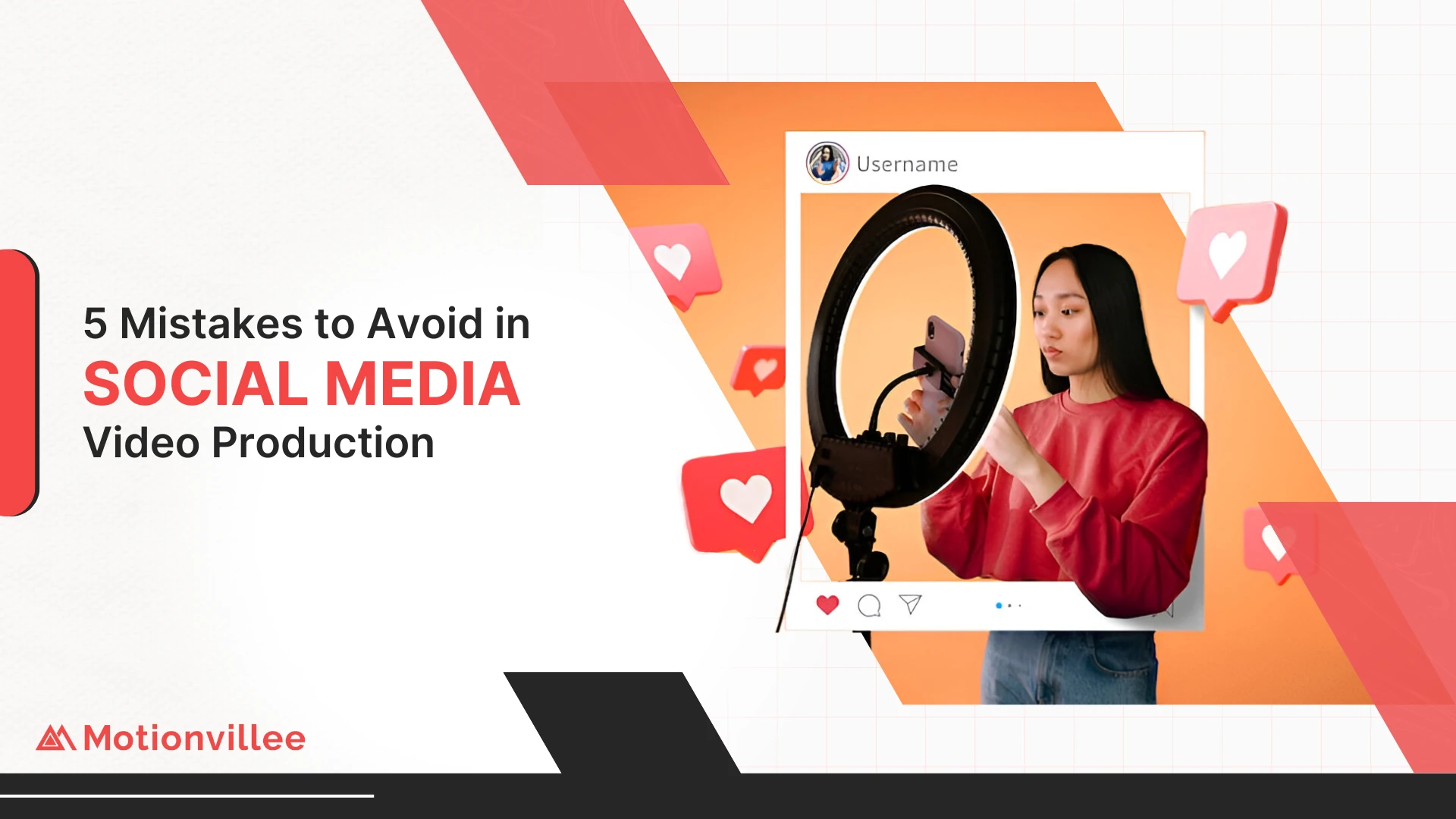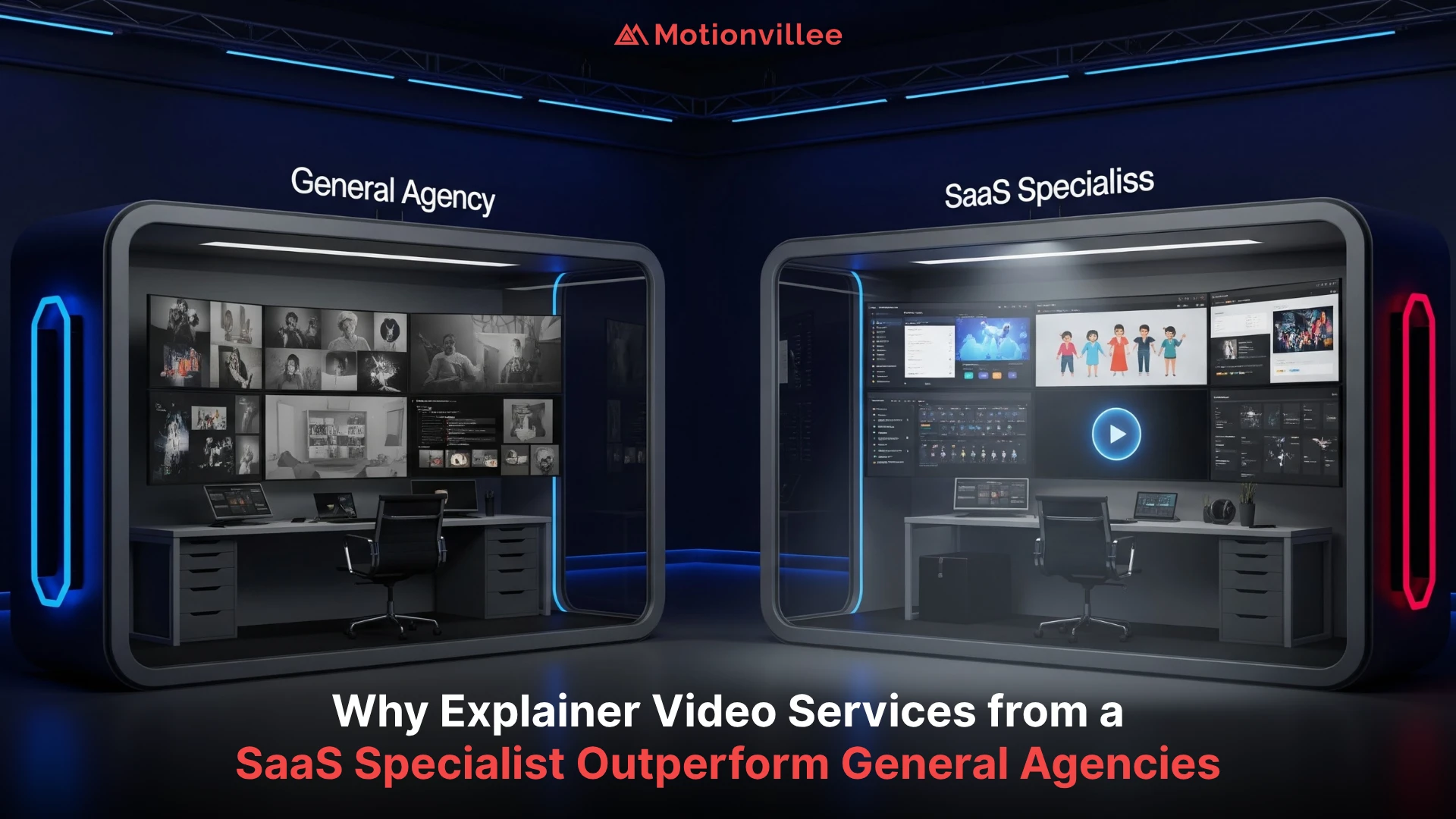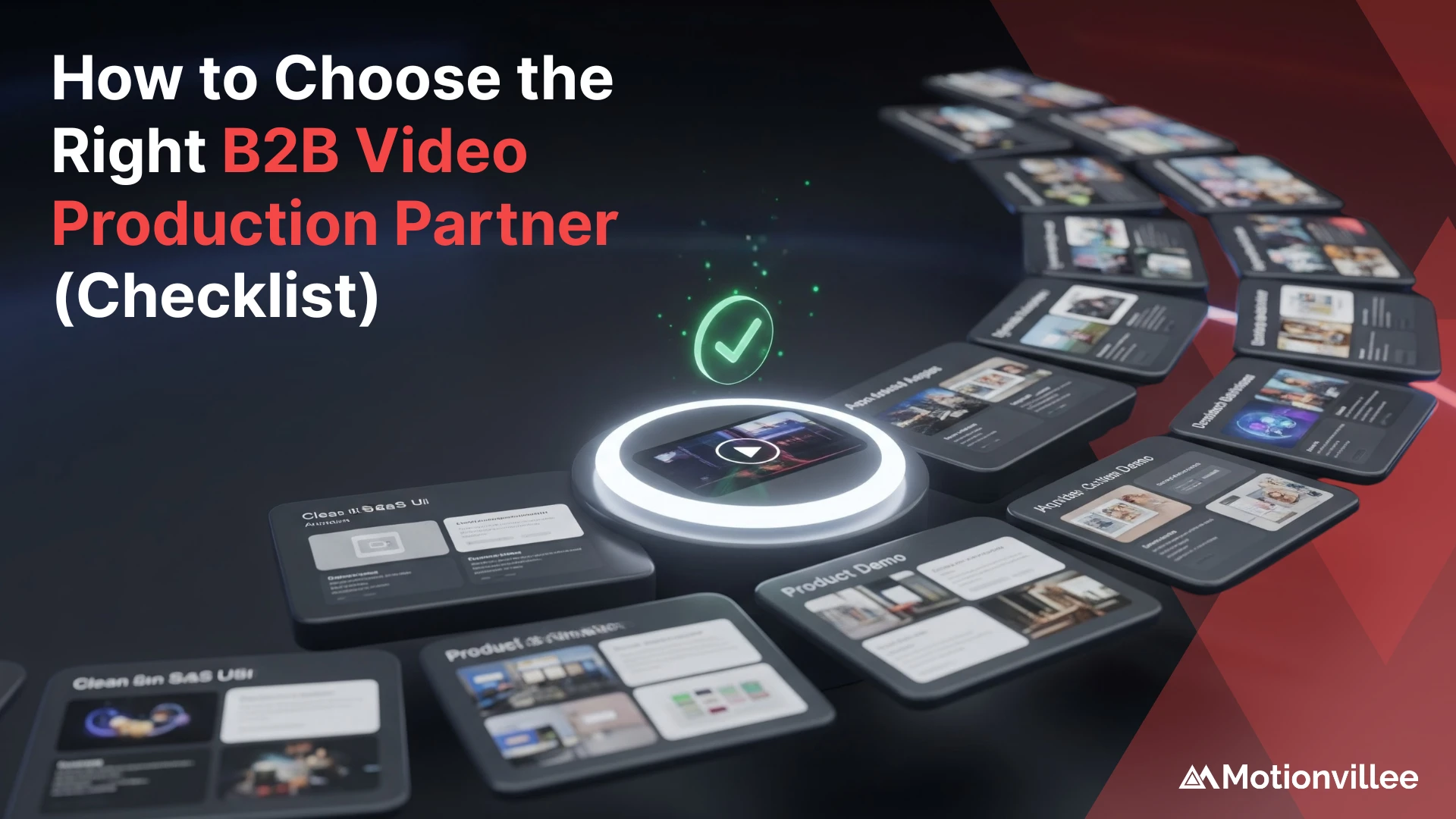Social media video production has become one of the most effective ways for brands to engage their audience, build trust, and drive meaningful action. But just hitting “record” and posting a video isn’t enough. Platforms like Instagram, LinkedIn, and TikTok each demand a unique approach, and without the right strategy, even well-produced videos can fall flat.
Great video production for social media is more than sleek visuals or cool transitions. It’s about delivering the right message, to the right audience, in the right format, quickly and clearly. Whether you’re promoting a product, explaining a service, or building brand awareness, your video needs to work hard in a short window of attention.
Let’s look at five common mistakes brands make when producing videos for social media, and what to do instead to make sure your content hits the mark, resonates with your audience, and drives results.

Mistake 1: Forgetting the Platform Matters
One of the biggest mistakes in producing videos for social media is treating all platforms the same. Each social platform has its own unique culture, preferred content formats, and user expectations. A video that performs well on LinkedIn, where users expect more professional, value-driven content, might completely miss the mark on TikTok, where fast-paced, authentic, and visually engaging content dominates.
For instance, a polished explainer video for social media that runs two minutes long may be perfect for YouTube but far too lengthy and formal for Instagram Reels or TikTok. Users on those platforms scroll quickly and decide within seconds whether to watch or skip. The same piece of content, if not adapted, could underperform simply because it’s not tailored to the way people consume video on that platform.
To get the most out of your video production for social media, you need to think platform-first at every stage: from scripting and format, to visuals and tone, to captions and call-to-action.
What to do instead:
Adapt your message and video format to the platform.
For example:
Keep videos under 30 seconds for Instagram Reels.
Use captions for silent viewing on LinkedIn.
Open with a strong hook for TikTok to capture attention in the first 3 seconds.
Prioritize vertical formats for mobile first platforms like Instagram and TikTok.
Add interactive elements like polls or questions when posting natively to boost engagement.
Another example:
A healthcare provider wanted to promote a new virtual care service. Their original horizontal format explainer got little traction on Instagram. After repurposing it into short vertical videos with clear callouts and a relatable voiceover, view through rates improved by 57% in just one week.
Mistake 2: Prioritizing Style Over Clarity
It is tempting to go all out on visuals, using fancy transitions, bold effects, and detailed animations. But if your message gets lost in the design, the video will not work, no matter how stylish it looks.
This becomes a bigger issue in B2B settings, where the audience often values clarity and relevance over flair. If the viewer cannot quickly understand what you offer or why it matters, they will likely scroll on, even if the animation looks great.
What to do instead:
Focus first on the message. Every animation, visual, and transition should support and enhance the story you are telling, not distract from it.
At Motionvillee, we always begin with scripting and storyboarding before moving into production. This approach makes sure the message leads the visuals, not the other way around.

Mistake 3: Ignoring the Power of Storytelling
Social media is packed with content. A product demo or feature list will not stand out unless there is a story behind it.
People process stories more easily than raw information. A clear narrative gives context, builds empathy, and helps your audience remember what they saw. This is especially important when you have less than a minute to make an impression.
What to do instead:
Use storytelling to explain the “why” behind your product. Who does it help? What problem does it solve? How does it make life easier for your customer?
For example:
We helped a tech startup explain their productivity app by creating a short animated video. It followed a day in the life of a busy project manager. Instead of listing features, we told a relatable story. The result was better retention and more shares across LinkedIn.
Another scenario:
An e-learning company wanted to promote a new platform for remote onboarding. Instead of highlighting each tool, we created a short narrative. It showed a new employee navigating their first week at a virtual job, made easier by the platform.
The video sparked discussions in HR communities and was later featured in a popular LinkedIn newsletter.
Mistake 4: Skipping a Clear CTA
You have made a strong case for your brand, so what comes next? Without a clear call to action (CTA), viewers may watch, nod, and scroll on without taking the next step.
Even a beautifully crafted video can fall short if it does not prompt viewers to act. Whether the goal is to drive traffic, get sign ups, or help someone learn more, a clear and simple CTA can make the difference.
What to do instead:
Every video should have one clear next step. Whether it is “Book a demo,” “Visit our site,” or “Download the guide,” keep it short and aligned with your goal. In social media video marketing, clarity is more important than cleverness.
Make sure the CTA fits the tone of the video and the style of the platform. A casual, friendly CTA may work better on Instagram. A direct, benefit focused message may suit LinkedIn more.
Bonus tip:
Place your CTA early. On fast scroll platforms, viewers might not reach the end. You can also show the CTA with on screen text or animation, not just voiceover.
Additional note:
Too many CTAs can be just as ineffective as none. Avoid giving viewers multiple directions in one video. Pick one clear path and guide them toward it.

Mistake 5: Underestimating the Role of Consistency
Posting one great video will not build your brand. Social media video production is about showing up regularly, building recognition, and keeping your message consistent over time.
Consistency builds trust. When your audience sees a steady flow of valuable, on brand content, they are more likely to remember you. They are also more likely to return when they are ready to take action.
What to do instead:
Plan your content in series or themes. Think of video as an ongoing conversation, not a one time pitch.
Instead of using a single general explainer, think about how several videos can work together across time and platforms.
For example, a fintech company we worked with created a three part series:
A 30 second social teaser on “Why payments fail”
A follow up explainer showing their solution in action
A behind the scenes look at their customer support process
Together, these videos told a complete story, and engagement stayed high throughout the campaign.
Example strategy:
We often help clients build monthly video calendars. These typically include:
Quick how to clips
Customer stories
Behind the scenes animations
Product use cases
By rotating different formats while staying on message, brands stay fresh without losing focus.
Social media is fast-paced, but that does not mean your video production should be rushed. The most impactful videos are not just visually appealing, they are built on a clear, focused message that fits the platform and speaks directly to your audience.
When your content is easy to understand, relevant to the viewer, and delivered consistently, it becomes far more effective. This is especially true for decision-makers who do not have time to interpret vague visuals or complex storytelling. They need to see value immediately and understand why your brand matters.
By avoiding these common mistakes and approaching social media video production with a message-first mindset, you set your brand up for stronger engagement, better performance, and lasting impact.
Ready to Elevate Your Social Video Strategy?
If you are looking to create high-converting explainer videos for social media or want help tailoring content that actually works across platforms, we are here to help.
Explore our pricing or schedule a free strategy call to see how we can craft platform-ready videos that drive real results.







